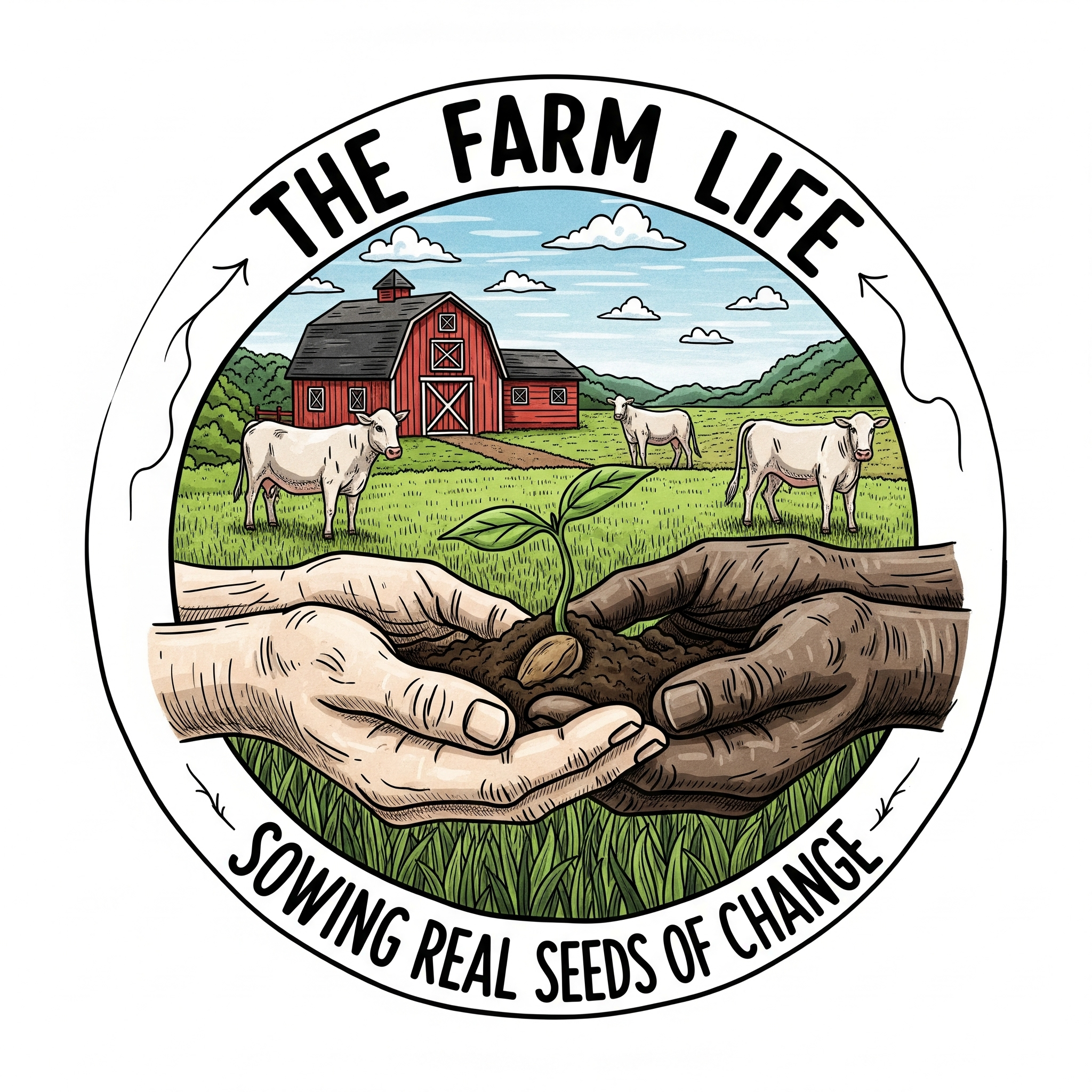Gardening isn’t just about putting seeds in the ground—it’s about choosing the right methods to grow healthy, productive plants. Whether you’re a backyard grower, urban gardener, or just starting out, using the right technique can make all the difference.
Here are 10 popular gardening techniques and why gardeners use them:
1. Raised Bed Gardening
Raised beds are garden plots built above the natural soil level and often framed with wood or stone.
Why it’s used:
- Improves drainage
- Reduces soil compaction
- Provides better soil control
- Extends the growing season
2. Container Gardening
This method uses pots, tubs, or other containers to grow plants instead of planting directly in the ground.
Why it’s used:
- Ideal for limited spaces
- Great for patios, balconies, and rooftops
- Allows for easy soil and moisture control
- Portable and adaptable
3. Hydroponics
Hydroponics is the art of growing plants in a nutrient-rich water solution—no soil required.
Why it’s used:
- Saves water
- Speeds up plant growth
- Allows year-round indoor gardening
- Efficient for small spaces
4. Aquaponics
Combining hydroponics with fish farming, aquaponics uses fish waste to fertilize plants, while the plants clean the water.
Why it’s used:
- A sustainable, closed-loop system
- Reduces waste
- Grows fish and plants simultaneously
5. Permaculture Gardening
Permaculture is a design philosophy that mimics natural ecosystems to build self-sustaining gardens.
Why it’s used:
- Encourages biodiversity
- Minimizes inputs like fertilizers or pesticides
- Supports long-term sustainability
6. Square Foot Gardening
This technique divides the garden into a grid of 1-foot squares, with different crops in each.
Why it’s used:
- Maximizes space
- Simplifies planning and planting
- Reduces weeding
- Great for small gardens and beginners
7. Companion Planting
Certain plants thrive when grown together—for example, tomatoes with basil or carrots with onions.
Why it’s used:
- Naturally deters pests
- Enhances growth and flavor
- Improves pollination and yields
8. Vertical Gardening
Plants are grown upward using trellises, wall-mounted planters, or garden towers.
Why it’s used:
- Saves ground space
- Improves air circulation
- Makes harvesting easier
- Perfect for urban environments
9. Mulching
A layer of material (like straw, wood chips, or compost) is spread over the soil surface.
Why it’s used:
- Retains moisture
- Prevents weeds
- Regulates soil temperature
- Improves soil health over time
10. No-Dig / No-Till Gardening
This technique avoids disturbing the soil structure by leaving it intact and layering compost on top.
Why it’s used:
- Protects soil microbes and worms
- Reduces erosion
- Conserves water
- Builds healthier soil naturally
Final Thoughts
Every gardening technique has its strengths, and the best one for you depends on your space, climate, and goals. Whether you’re growing food for your family, beautifying your yard, or experimenting with sustainable methods, there’s a technique to help your garden thrive.
🌿 Ready to dig in? Try out a new method this season and see the difference it makes!

Founder/CEO –At Harvesting Change & The Farm Life, our mission is to sow real seeds of change by nurturing a hands-on, inclusive learning environment rooted in sustainable farming, community connection, and traditional wisdom rooted in equity, sustainability, and social justice. We cultivate more than just gardens—we grow knowledge, resilience, and relationships that nourish people of all races, genders, and ages and the land alike.
